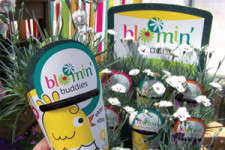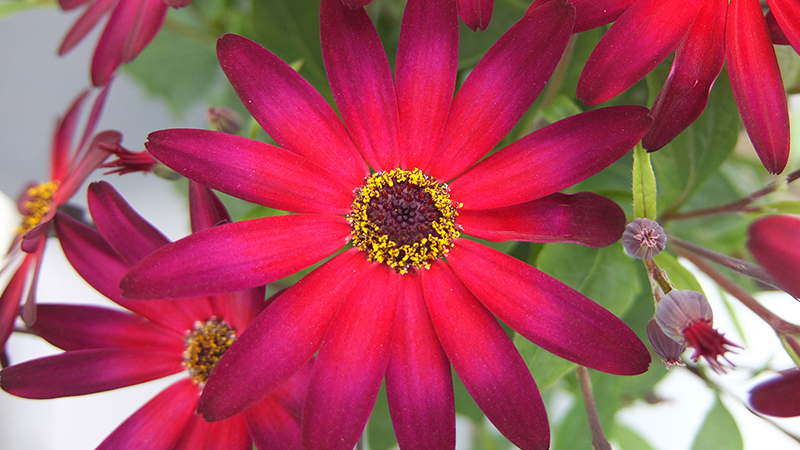The 2D Tag Phenomenon

Growers first got wind of 2D tags at the 2010 California Spring Trials, but even a year ago QR codes and Microsoft Tags were so new nobody knew exactly what to make of them.
Until this year’s Spring Trials, that is. From point-of-purchase material producers like the John Henry Company and MasterTag to breeders like Ball Horticultural Co., Dömmen and Syngenta Flowers, 2D tags were a key part of the discussion at a number of Spring Trials stops this year. Not all breeders have bought into the technology, but many are approaching them as yet another opportunity to connect with the consumers they often struggle to reach.
“We don’t know where this whole thing is going to go, but I think a lot of people are going to know what these are by the end of the year,” says Joe Fox, sales and marketing director of MasterTag.
MasterTag, like the majority of companies exhibiting 2D tags in California, is focusing on QR codes rather than Microsoft Tags. The shift toward QR codes is taking place, Fox says, because Microsoft has indicated it might eventually charge users for tags. He has seen no indication users will one day have to pay for QR codes.
But regardless of which 2D tag companies use, the key to success is providing quality content for smartphone users. One reason a number of companies were slow to react to 2D tags a year ago is because they were uncertain how to provide user-friendly web content for smartphones.
This year, though, more companies have developed mobile websites. Others are providing short, informative videos consumers can watch while shopping.
MasterTag, for example, has teamed with Learn2Grow.com to help educate consumers. MasterTag is using QR codes as the vehicle, and smartphone users who download an app can scan 2D tags to learn everything about their featured plants on Learn2Grow, from growing conditions to soil and water needs.
John Henry, meanwhile, has spent the last year developing its own educational website, BloomIQ.com. The company is promoting the website on plant tags with QR codes that connect smartphone users directly to Bloom IQ.
Additionally, John Henry has developed a retail kiosk concept for garden centers. The concept gives consumers a place at the garden center where they can search for the kinds of plants they desire. Kiosks would give consumers the ability to print lists they can use to shop. Consumers would also have the ability to print lists at home via Bloom IQ.
Bloom IQ isn’t the only new John Henry development. Seasonal pot wraps and new merchandising concepts and programs were also introduced at Spring Trials. Among the most attractive pot wraps are pumpkin and scarecrow wraps for the fall season. John Henry also showcased a few brand-specific packaging items, including Martha Stewart Living bulb carriers and grab-and-go carriers for the Plant In A Jiffy and Berry Family of Nurseries programs.









